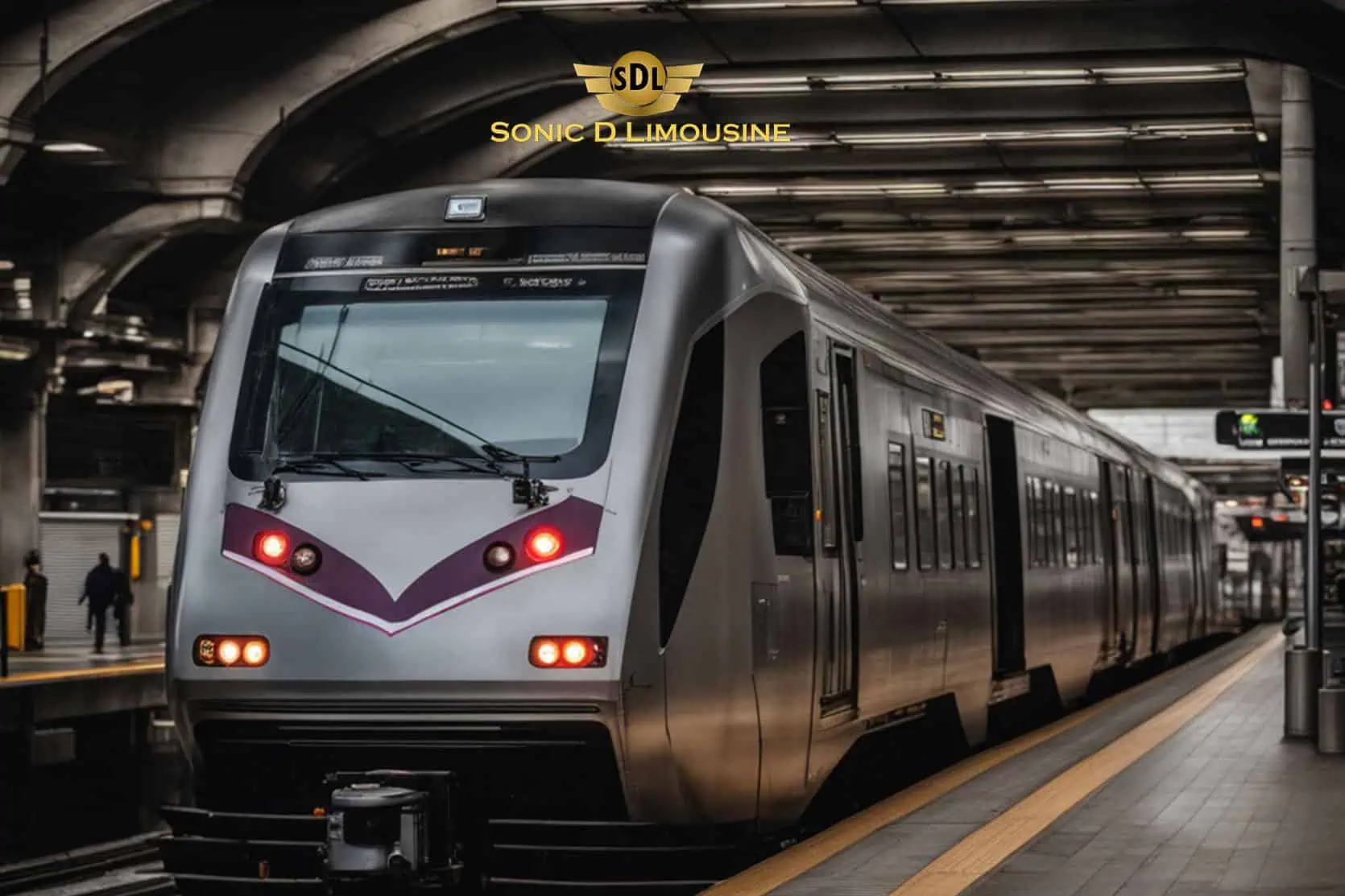Navigating the NJ Transit rail system can be a daunting task, but it doesn’t have to be. This guide will provide you with all the information you need to confidently use the NJ Transit rail services, from understanding the system map to real-time updates and mobile tools. Whether you’re a daily commuter or a first-time rider, this article is packed with valuable insights to make your journey smoother and more efficient.
Article Outline
- Understanding the NJ Transit Rail Map
- How to Read the NJ Transit System Map
- Key Rail Lines in New Jersey
- Navigating the Light Rail Services
- Real-Time Updates and Alerts
- Mobile Tools for NJ Transit Riders
- Line Schedules and Train Timings
- Connecting to Other Transportation Services
- Backup Plans for Delays and Disruptions
- Tips for a Smooth Ride on NJ Transit
Understanding the NJ Transit Rail Map
The NJ Transit rail map is a crucial tool for anyone using the rail services in New Jersey. It provides a visual representation of all the rail lines, stations, and connections. The map is designed to help riders understand the geographic layout and plan their journeys effectively.
The map includes various rail lines, such as the Northeast Corridor, Atlantic City Line, and the Hudson-Bergen Light Rail. Each line is color-coded for easy identification, making it simple to follow your route from start to finish. Understanding the rail map can significantly reduce travel time and make your commute more efficient.
How to Read the NJ Transit System Map
Reading the NJ Transit system map might seem overwhelming at first, but with a few tips, you can master it in no time. Start by identifying your starting point and destination. Look for the color-coded lines that connect these two points. Each station is marked with a symbol, and major stations like Hoboken Terminal and Penn Station are highlighted for easy recognition.
The map also includes information about connections to other transportation services, such as buses and ferries. This is particularly useful if you need to transfer between different modes of transportation. Familiarize yourself with the map’s legend, which explains the various symbols and color codes used.
Key Rail Lines in New Jersey
New Jersey’s rail system is extensive, with several key lines serving different regions. The Northeast Corridor is one of the busiest lines, connecting Trenton to New York City. The Atlantic City Line offers a convenient route to the popular tourist destination, Atlantic City.
The Hudson-Bergen Light Rail serves the waterfront communities of Hudson County, connecting to major hubs like Hoboken Terminal and Exchange Place. Understanding these key rail lines can help you plan your travel more effectively and make the most of NJ Transit’s services.
Navigating the Light Rail Services
NJ Transit’s light rail services, including the Hudson-Bergen Light Rail and the Newark Light Rail, offer a convenient way to travel within certain cities and regions. These light rail lines are designed for short-distance travel and provide frequent service throughout the day.
The Hudson-Bergen Light Rail connects several key locations, including Jersey City, Hoboken, and Newport. The Newark Light Rail serves Newark’s downtown area and connects to the city’s subway system. Using the light rail services can significantly reduce travel time within these cities and provide a more convenient alternative to driving.
Real-Time Updates and Alerts
Staying informed about real-time updates and alerts is essential for a smooth travel experience. NJ Transit provides various tools to keep riders updated on service changes, delays, and other important information. One of the most reliable sources for real-time updates is the NJ Transit website, which offers a dedicated advisory section.
You can also sign up for email or text alerts to receive notifications about your specific rail lines. These alerts can help you stay on track and avoid unexpected disruptions. Additionally, NJ Transit’s social media channels are another great source for real-time updates and service advisories.
Mobile Tools for NJ Transit Riders
In today’s digital age, mobile tools have become indispensable for NJ Transit riders. The NJ Transit mobile app is a powerful tool that provides a wide range of features, including real-time updates, trip planning, and mobile ticketing. The app allows you to purchase and store tickets on your device, eliminating the need for paper tickets.
Another useful mobile tool is Moovit, a third-party app that offers comprehensive transit information, including bus and rail schedules, real-time updates, and route planning. Using these mobile tools can enhance your travel experience and provide greater convenience.
Line Schedules and Train Timings
Understanding line schedules and train timings is crucial for planning your journey. NJ Transit’s website provides detailed schedules for all rail lines, including departure and arrival times, frequency of service, and any scheduled maintenance or disruptions.
You can also access train schedules through the NJ Transit mobile app, which allows you to search for specific routes and view upcoming departures. Keeping track of line schedules can help you avoid missed trains and ensure a timely arrival at your destination.
Connecting to Other Transportation Services
NJ Transit’s rail system is designed to connect seamlessly with other transportation services, including buses, ferries, and subways. Major hubs like Hoboken Terminal, Penn Station, and Exchange Place offer convenient connections to these services, making it easy to transfer between different modes of transportation.
For example, you can take a ferry from Hoboken Terminal to downtown Manhattan or connect to the PATH subway system at Exchange Place. Understanding these connections can help you plan your journey more efficiently and reduce travel time.
Backup Plans for Delays and Disruptions
Despite the best efforts of NJ Transit, delays and disruptions can sometimes occur. Having a backup plan in place can help you navigate these situations with minimal stress. One option is to familiarize yourself with alternative routes and transportation services, such as buses or ferries.
You can also use real-time updates and alerts to stay informed about any service changes and plan accordingly. Keeping an eye on social media channels and the NJ Transit website can provide valuable information about delays and disruptions, allowing you to adjust your travel plans as needed.
Tips for a Smooth Ride on NJ Transit
To ensure a smooth ride on NJ Transit, consider the following tips:
- Plan Ahead: Review the NJ Transit rail map and line schedules before your trip to avoid any surprises.
- Stay Informed: Sign up for real-time updates and alerts to stay informed about service changes and delays.
- Use Mobile Tools: Take advantage of mobile apps like the NJ Transit app and Moovit for trip planning and ticketing.
- Have a Backup Plan: Familiarize yourself with alternative routes and transportation services in case of delays or disruptions.
- Travel Light: Carry only essential items to make your journey more comfortable and convenient.
Summary of Most Important Things to Remember
- Understand the NJ Transit rail map to plan your journey effectively.
- Familiarize yourself with key rail lines in New Jersey for efficient travel.
- Use light rail services for short-distance travel within cities.
- Stay updated with real-time alerts and service advisories.
- Leverage mobile tools like the NJ Transit app for convenience.
- Check line schedules and train timings before your trip.
- Connect seamlessly to other transportation services for a smooth journey.
- Have a backup plan for delays and disruptions.
- Follow travel tips for a comfortable and efficient ride on NJ Transit.
By keeping these points in mind, you can make the most of NJ Transit’s rail services and enjoy a hassle-free travel experience.












































0 Comments